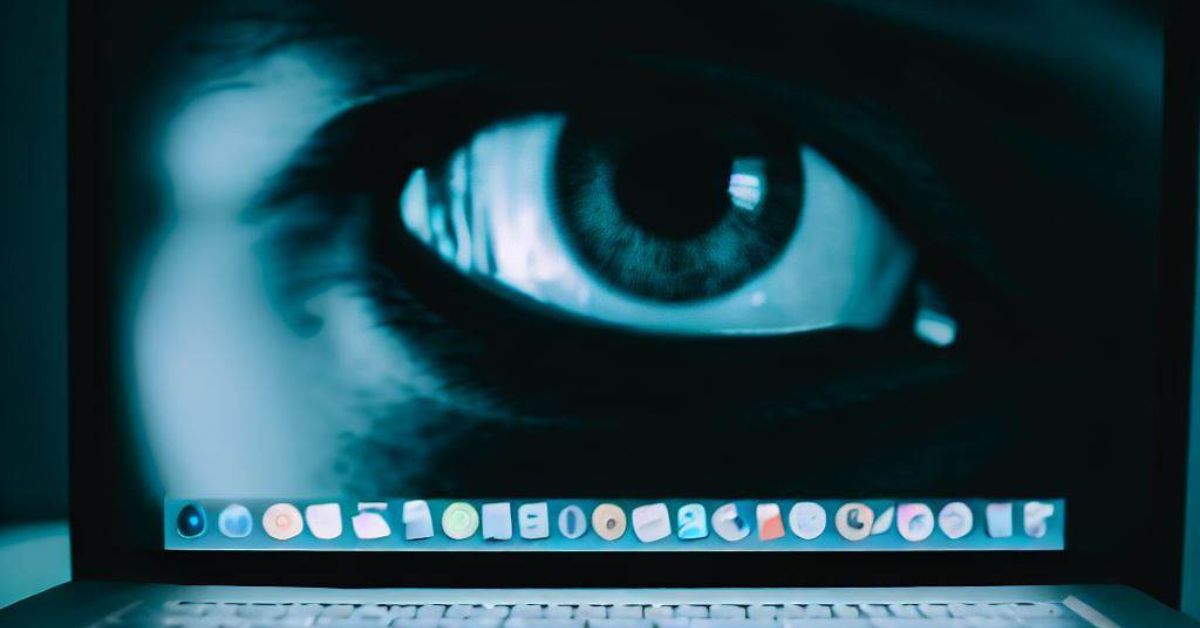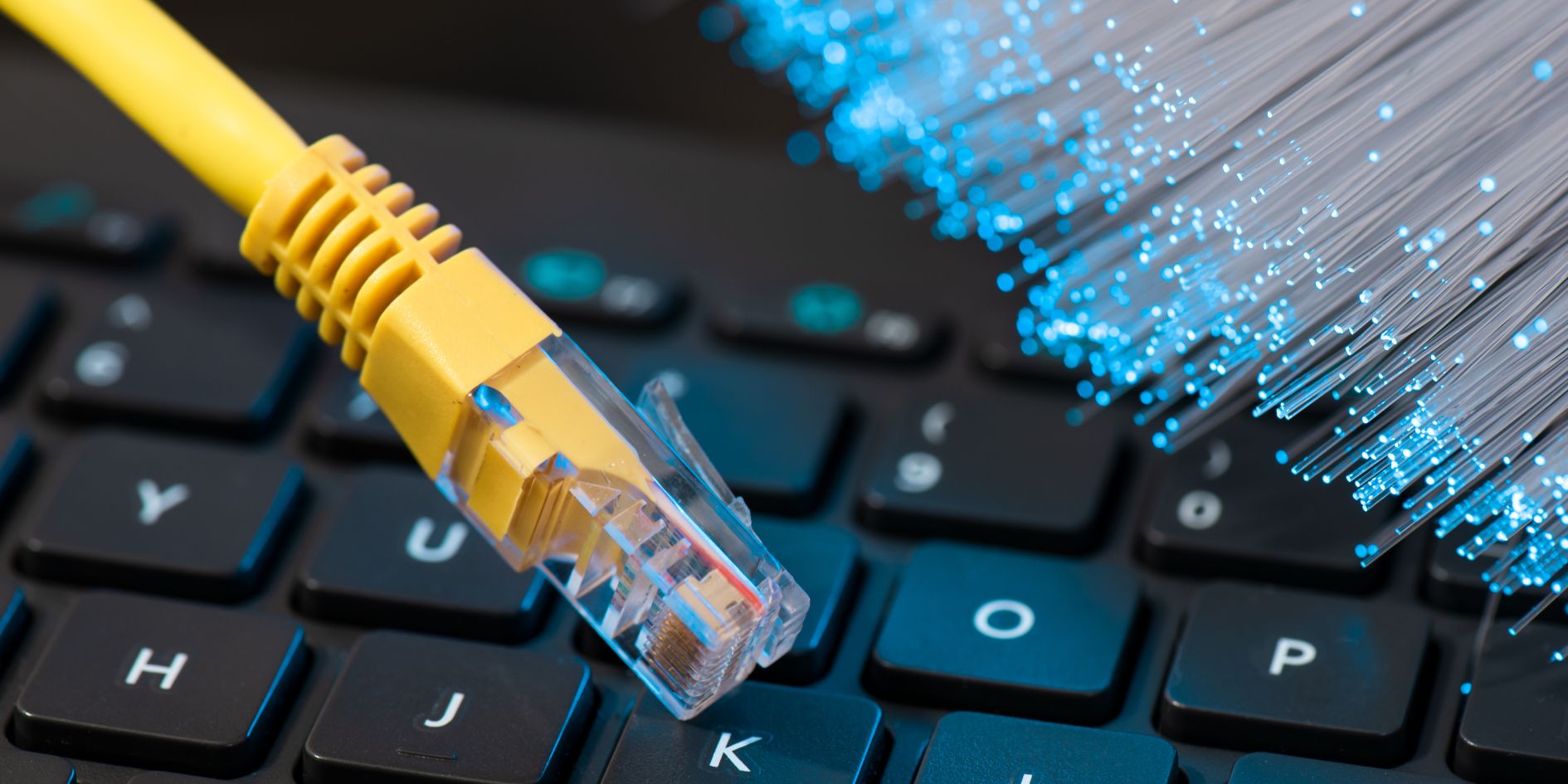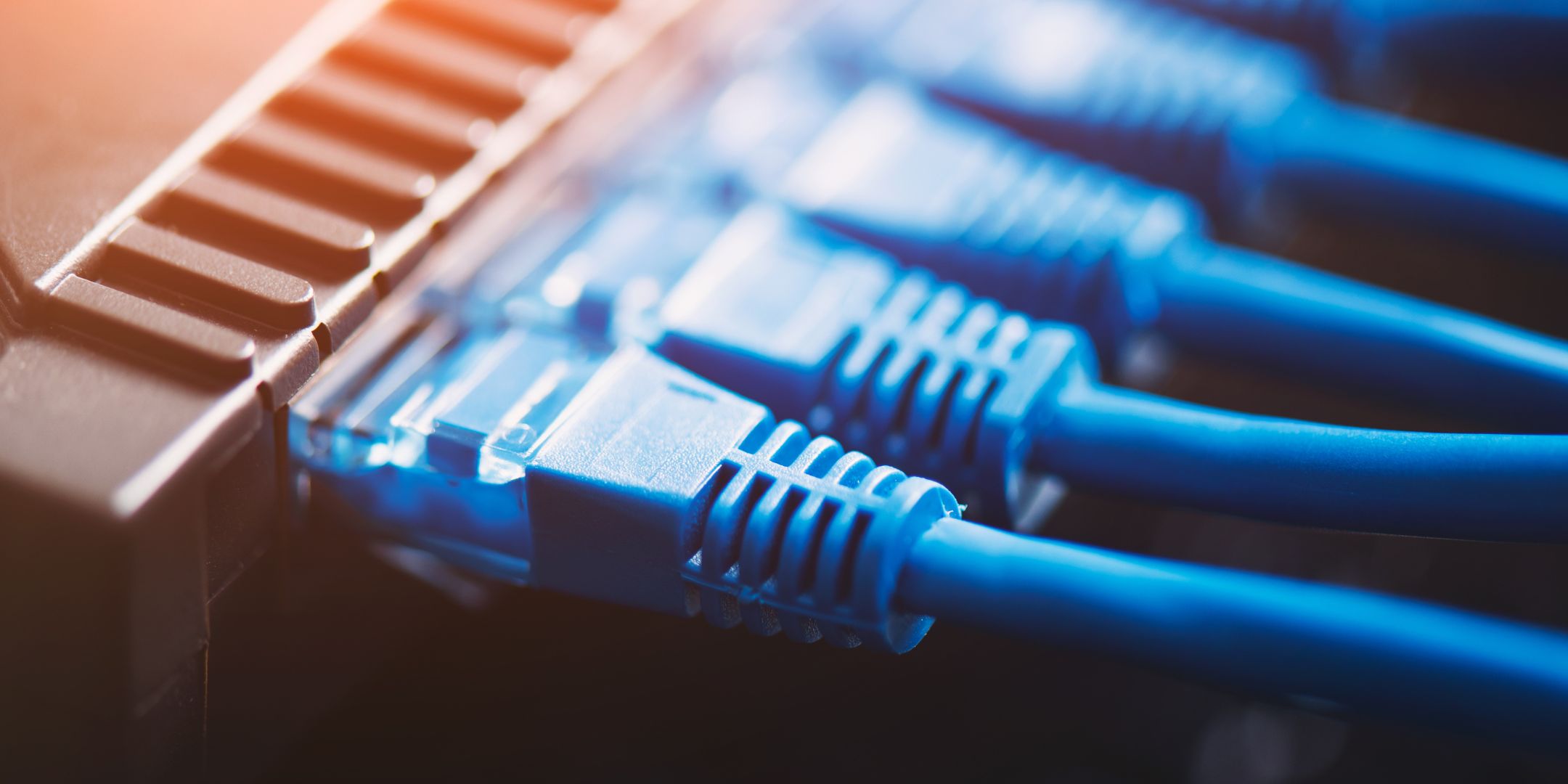Are you aware that while working on your MacBook, your screen could be under surveillance without your knowledge? This alarming message of “MacBook, your screen is being observed” is not just from spy movies.
Hackers and cybercriminals can easily access your computer and observe your online activities, putting your sensitive information at risk.
In this article, we will explore common spying methods and provide practical tips to keep your screen activity private and secure. Read on to learn how to protect yourself from the threat of MacBook screen surveillance.
How to Tell if Your MacBook Screen is Being Observed
MacBooks are popular among individuals for their sleek design, excellent performance, and user-friendly interface. However, one major concern among MacBook users is privacy. It’s common for hackers, cybercriminals, or even people close to you to gain access to your MacBook screen without your knowledge. In this article, we’ll discuss how to tell if your MacBook screen is being observed and how to prevent it.
Check for Strange Behavior
The first sign that your MacBook screen is being observed is unusual behavior, such as the cursor moving by itself, random applications opening and closing, or deleted files. If you notice any of these signs, it’s essential to investigate and find out if someone is remotely accessing your MacBook.
Look for Unfamiliar Apps
Another way to tell if your MacBook screen is being observed is to check for unfamiliar applications installed on your MacBook. Hackers often install spyware or malware on your MacBook to monitor your activities, and these applications are usually not visible on your screen. To check for unfamiliar apps, go to your Applications folder and look for any applications you didn’t install.
Check the Activity Monitor
The Activity Monitor is a built-in utility on your MacBook that displays all the processes running. To check for suspicious processes, open the Activity Monitor by pressing Command + Space and typing “Activity Monitor” in the search bar. Look for any processes that could be more familiar or use many CPU resources.
Look for the Green Light
If your MacBook has a built-in camera, it has a green light that turns on when the camera is in use. If you notice that the green light turns on even when you’re not using the camera, it’s a sign that someone is remotely accessing your MacBook and using the camera to observe your activities.
Use Anti-Malware Software
Using anti-malware software is an effective way to prevent your MacBook from being observed. Anti-malware software scans your MacBook for any malicious software and removes it. You can choose from anti-malware software available online, such as Malwarebytes and Avast.
Use a VPN
A VPN (Virtual Private Network) is another way to protect your MacBook from being observed. A VPN encrypts your internet traffic, making it more difficult for hackers to track your movements. . There are various VPN services available, such as NordVPN and ExpressVPN.
Causes of MacBook Screen Observation
There are several reasons why your MacBook screen might be observed by someone else:
Screen Sharing
MacOS has a built-in “Screen Sharing” feature that allows users to view and control another user’s screen. It can be useful for remote collaboration, troubleshooting, or technical support. However, if enabled without your knowledge, this feature could be used to observe your screen without your consent.
Remote Management
Remote Management is another feature in MacOS that allows administrators to perform tasks on their MacBook remotely. It is often used in corporate or educational settings to manage multiple devices. If improperly configured or abused, it could result in someone observing your screen.
Parental Controls
Parents may use built-in parental controls to monitor and limit their children’s computer activities. In some cases, this could include screen observation.
Third-Party Applications
Some third-party applications, such as remote desktop software or team collaboration tools, may include screen sharing or remote access features. If these applications are installed and configured without your knowledge, they could be used to observe your screen.
Malware or Spyware
Malicious software, such as malware or spyware, could be installed on your MacBook and used to observe your screen or collect sensitive information without your knowledge.
How To Fix The “MacBook, Your Screen Is Being Observed” Issue
If you have seen the message “Your screen is being observed” on your Mac, you might have felt alarmed or confused. Does this mean someone is spying on your activities? Is your Mac hacked or compromised? How can you stop this from happening?
Don’t worry; this message does not necessarily mean your Mac is in danger. It usually appears when you have enabled some features or apps that allow screen access, such as screen recording, screen sharing, AirPlay, or third-party software. In most cases, you can easily fix this issue by disabling these features or apps.
In this article, we will explain what causes the “Your screen is being observed” message and how to fix it in different scenarios. We will also give you some tips on protecting your Mac from unauthorized screen access and ensuring your privacy and security.
How To Fix The “Your Screen Is Being Observed” Message?
Depending on the cause of the message, there are different ways to fix it. Here are some popular approaches you can take:
Method 1: Turn Off Screen Recording
If you are recording your screen using an app like QuickTime Player or ScreenFlow, you must stop the recording before locking it or putting it to sleep. Otherwise, the recording will continue in the background and cause the message to appear.
To stop the recording, you can use one of these methods:
- Press Command + Control + Esc on your keyboard. This is the shortcut to end an active screen recording.
- click on the Stop button in the menu bar if there is an active screen recording.
- Quit the app that is recording your screen.
Image source: Setapp
Method 2: Turn Off Screen Sharing
If you share your screen with another Mac user using the Screen Sharing feature, you must end the session before locking it or putting it to sleep. Otherwise, the other user can still see and control your Mac and cause the message to appear.
To end the session, you can use one of these methods:
- Click on the Screen Sharing icon in the menu bar and select End Screen Sharing.
- Go to System Preferences > General > Sharing and uncheck Screen Sharing.
- Quit the app that is sharing your screen.
Image source: iboysoft
Method 3: Turn Off AirPlay
If you are mirroring your Mac on another device using AirPlay, you must turn off AirPlay before locking your screen or putting it to sleep. Otherwise, the other device can still see and hear your Mac and cause the message to appear.
- To turn off AirPlay, you can use one of these methods:
- Click on the AirPlay icon in the menu bar and select Off.
- Go to System Preferences > Displays and select Off from the drop-down menu next to AirPlay Display.
- Quit the app that is using AirPlay.
Image source: Setapp
Method 4: Change Security & Privacy Settings
If you have granted screen access to some third-party apps that require it for their functionality, you should review and change these settings before locking your screen or putting it to sleep. Otherwise, these apps may still be able to access your screen and cause the message to appear.
- To change these settings, follow these steps:
- Go to System Preferences > General > Privacy & Security > Accessibility.
- Deselect all apps that have access to your screen. If prompted, enter your administrator password and click OK.
You can also check other categories under Privacy & Security, such as Screen Recording, Camera, Microphone,
Image source: Setapp
Conclusion
In conclusion, the warning “MacBook, your screen is being observed” should not be ignored or taken lightly. The risk of someone spying on your screen and accessing sensitive information is real and potentially damaging. However, there are ways to protect yourself from MacBook screen observation. By implementing security measures, such as using antivirus software and keeping your system up-to-date, you can significantly reduce the risk of unauthorized access to your screen. Additionally, being aware of potential threats and practising safe browsing habits can go a long way in keeping your MacBook screen private and secure. So, take the necessary precautions to ensure your privacy remains intact.
FAQS
What does it mean “MacBook, your screen is being observed”?
The “Your Screen Is Being Observed” message on your MacBook indicates that someone has remote access to your device and is monitoring your screen activity.
Can someone see my screen if my MacBook says, “Your Screen Is Being Observed”?
Yes, someone can see your screen if your MacBook says, “Your Screen Is Being Observed,” as it indicates that someone has remote access to your device and is monitoring your screen activity.
How did someone get remote access to my MacBook?
Someone could have gained remote access to your MacBook by installing remote access software or exploiting a vulnerability in your system’s security.
How can I remove the “Your Screen Is Being Observed” message from my MacBook?
To remove the “Your Screen Is Being Observed” message from your MacBook, you need to identify the source of remote access and remove the software or application causing it. You can also take help from a professional to remove the remote access.
Can a VPN protect my MacBook from remote access?
Yes, a VPN can protect your MacBook from remote access by encrypting your internet traffic and creating a secure connection between your device and the internet.
Is it legal for someone to remotely access my MacBook without my consent?
No, it is not legal for someone to remotely access your MacBook without your consent as it violates your privacy and could be considered a cybercrime.





